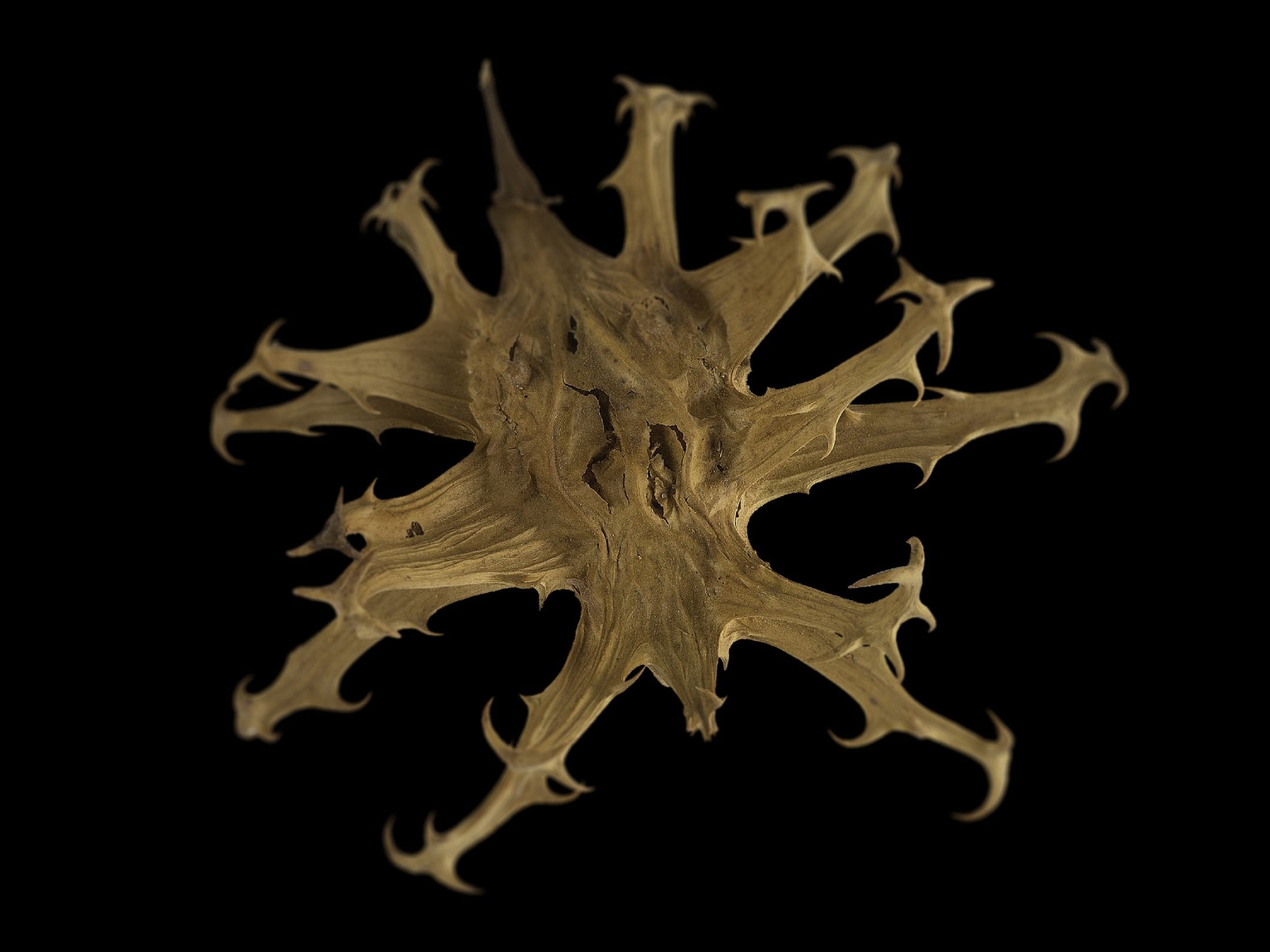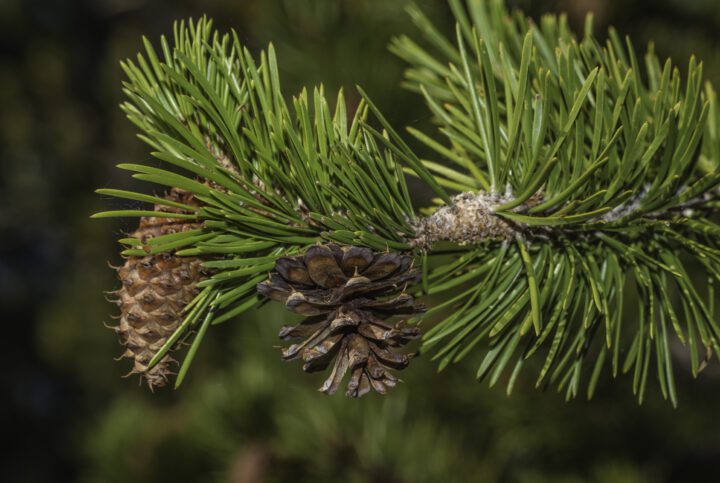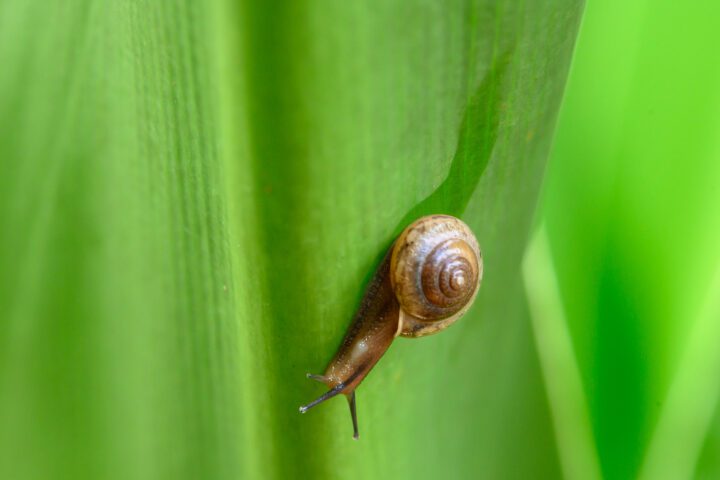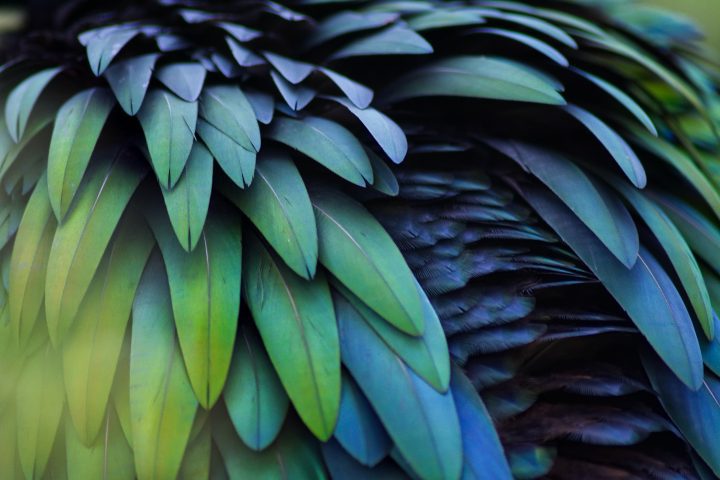The fruit of the grapple plant hooks onto animals with a strong but temporary grip to disperse seeds over great distances.
Introduction
There is a group of plants (Harpagophytum) native to southern Africa that go by several colorful common names, including “grapple plant” and “devil’s claw.” As you can imagine, these plants have an arresting look to them: the ripened fruit resembles gnarled brown claws that point in all directions.
Grapple plants are found in drier habitats such as overgrazed plains and fossil dunes made of windswept sand hardened into distinct formations by calcium carbonate. If seedlings were to grow near their parents, it would result in direct competition for scarce resources and space for their roots to grow. So it’s to the grapple plant’s benefit that its seed be carried as far away as possible. To make such considerable journeys, these plants rely on the feet or fur of large grazing animals.
The Strategy
The trick to hitching the right ride with an unsuspecting giant is in those hooks: they must be catchy enough to carry the fruit for a good while, but also loose enough that it will eventually fall off. If the seeds are lucky, they will be dropped off where the soil hasn’t been depleted of water and nutrients from an overgrowth of other plants.
The grapple plant’s fruit is perfectly structured to be stepped on, wedged into the creases of the sole of a giant foot, and dragged long distances without damaging the seeds inside. It has a strong, woody seed pod that looks like it has already been flattened from above. Pointing outwards from all around the center of the flattened fruit are curled arms, and on the curled arms are the smaller hooks that keep the fruit attached to whatever part of an animal comes into contact with it. The pod starts to split along its side when it’s ripe, so it doesn’t need to be forced open like other types of seed pods.
There is also a group of plants (Proboscidea) in North America that belong to the same family (Pedaliaceae) as Harpagophytum and are also called devil’s claw, but have hooks of a more slender, arching form. Currently, only cattle transport the seeds because the large grazing animals these plants once relied on no longer share the same landscape.
See Related Strategy
The Potential
The grapple plant has found a way to protect its seeds while also getting them transported long distances. Humans can take inspiration from the strength and form of the plant’s fruit for the design of products like shoe grips, grappling hooks, and fasteners for clothing. We might also think more broadly, and learn a thing or two from the plant’s method of timed release, or from the use it makes of existing transportation channels and energy expenditure to get where it needs to go.








